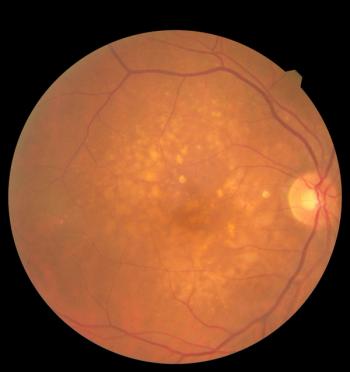
New Blood Test Detects Pancreatic Cancer
A new blood test can help determine cancer type and whether it will respond to chemotherapy.
A new experimental blood test can help differentiate pancreatic cancers that will respond to treatment from those that do not, according to a study published in Clinical Cancer Research.
Pancreatic cancers are notoriously challenging to treat as it often goes undetected until the cancer has advanced and spread, according to the study. Additionally, physicians currently have no way of determining whether the patient has a subtype of the cancer that will or will not respond to existing chemotherapies.
The blood test measures the levels of sTRA, a sugar produced by certain subtypes of pancreatic cancer that are released into the blood stream. Cancers that produce this sugar tend to not respond to chemotherapy, according to the study.
The current blood test was born out of a previous experimental test that takes a combination of detecting both sTRA and another sugar known as CA19-9. The combination test detected nearly 70% of pancreatic cancers with a less than 5% false positive rate.
"The 2019 combination test tells us whether there is cancer and the new sTRA test helps us determine what kind of pancreatic cancer, which then could allow physicians to better narrow down the appropriate treatment plan," corresponding study author Brian Haab, PhD, said in the press release. "When used in sequence, we believe the combination test and the new sTRA test could help catch and identify pancreatic cancer more quickly and definitively."
Both the combination test and the sTRA test is slated for clinical validation. Both tests could help prevent patients from having to undergoing unnecessary treatments.
Reference:
New experimental blood test determines which pancreatic cancers will respond to treatment [News Release] October 22, 2020; Grand Rapids, Mich.
Newsletter
Stay informed on drug updates, treatment guidelines, and pharmacy practice trends—subscribe to Pharmacy Times for weekly clinical insights.










































































































































































































